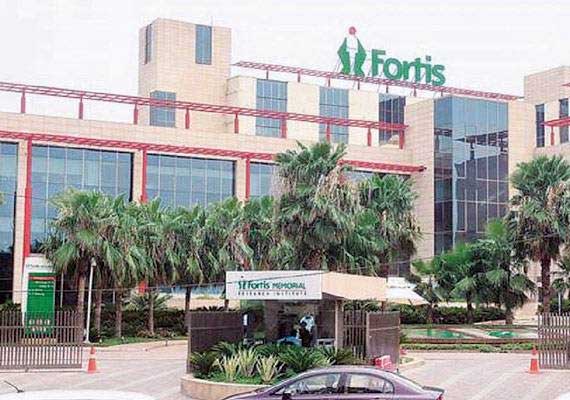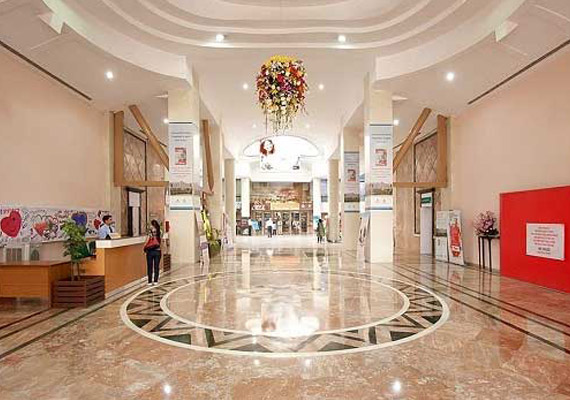Adenotonsillectomy Treatment in India
treatment
starting from
Introduction
Adenotonsillectomy is a common surgical procedure that involves the removal of both the adenoids and the tonsils. It is often recommended to address various health issues, particularly in children. While the procedure may sound intimidating, it is essential to understand its purpose, benefits, and potential risks to make informed decisions for you or your child's health. In this blog, we will delve into the world of adenotonsillectomy, exploring its indications, the surgical process, and the expected outcomes.
Understanding Adenoids and Tonsils
Before diving into adenotonsillectomy, let's take a moment to understand the adenoids and tonsils. These are both part of the lymphatic system, playing crucial roles in the immune response, especially during childhood.
- Adenoids: Adenoids are small lymphatic tissues located at the back of the nose, near the eustachian tubes. They help fight infections by trapping bacteria and viruses that enter through the nose.
- Tonsils: The tonsils are two masses of tissue found at the back of the throat. They also act as the body's first line of defense against infections entering through the mouth and throat.
Indications for Adenotonsillectomy
An adenotonsillectomy may be recommended by an Ear, Nose, and Throat (ENT) specialist in the following situations:
- Recurrent Infections: Frequent or severe bacterial throat infections, such as tonsillitis or adenoiditis, that do not respond well to conservative treatments.
- Obstructive Sleep Apnea (OSA): When enlarged tonsils and adenoids obstruct the airway during sleep, leading to breathing difficulties and interrupted sleep patterns.
- Chronic Ear Infections: Enlarged adenoids can block the eustachian tubes, causing fluid buildup in the middle ear and recurrent ear infections.
- Breathing Difficulties: Difficulty breathing through the nose due to enlarged adenoids or tonsils.
The Adenotonsillectomy Procedure
Before the Procedure: The child or patient will undergo a thorough evaluation, which may include a physical examination, medical history review, and possibly some tests to assess the severity of the condition.
The Surgery: Adenotonsillectomy is typically performed under general anesthesia, meaning the patient is unconscious during the procedure.
For Tonsillectomy: The surgeon uses a scalpel, a specialized cutting tool, or a cauterizing device to remove the tonsils. The method may vary depending on the surgeon's preference and the patient's condition.
For Adenoidectomy: The adenoids are removed using a curette or suction device. In some cases, endoscopic adenoidectomy may be performed, which involves using an endoscope to visualize and remove the adenoids.
Recovery and Aftercare
After the surgery, the patient is taken to a recovery room, closely monitored until they wake up from anesthesia. It is normal to experience throat pain, ear pain, and some difficulty swallowing for a few days after the procedure. Pain medication and a soft diet can help manage discomfort during the recovery period.
Potential Benefits of Adenotonsillectomy
- Reduced Infections: Removal of adenoids and tonsils can significantly reduce the frequency of throat and ear infections, improving overall health and quality of life.
- Improved Breathing: By clearing the airway, the procedure can lead to improved breathing during sleep and throughout the day.
- Enhanced Sleep Quality: For individuals with obstructive sleep apnea, the surgery can lead to better sleep patterns and increased daytime alertness.
- Resolution of Breathing Difficulties: Breathing through the nose becomes easier once the obstruction caused by enlarged adenoids and tonsils is eliminated.
Risks and Complications
While adenotonsillectomy is considered safe, as with any surgical procedure, there are potential risks and complications. These may include bleeding, infection, adverse reactions to anesthesia, and, in rare cases, damage to surrounding structures.
Conclusion
Adenotonsillectomy is a commonly performed surgical procedure with significant benefits for those experiencing recurrent infections, breathing difficulties, and sleep apnea due to enlarged adenoids and tonsils. If you or your child's ENT specialist recommends this procedure, it is crucial to have a detailed discussion about the indications, risks, and expected outcomes. Ultimately, the decision to undergo adenotonsillectomy should be made with a thorough understanding of the potential benefits and possible risks, ensuring the best possible outcome for your health and well-being.
How It Works
Need help in organizing medical travel to India?









